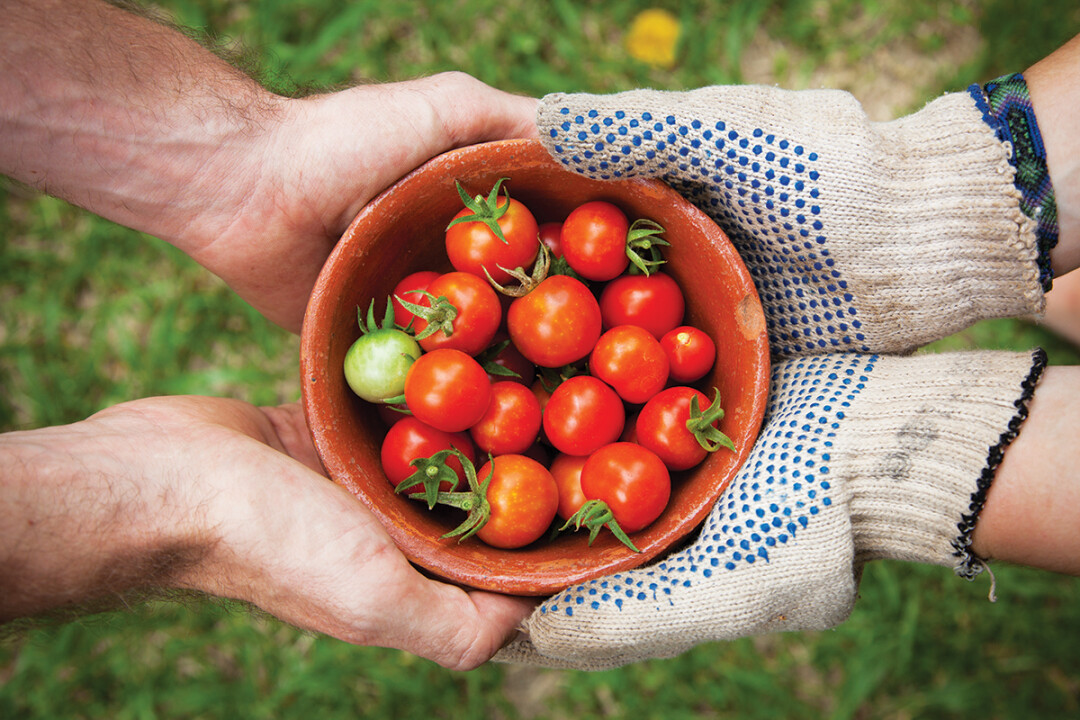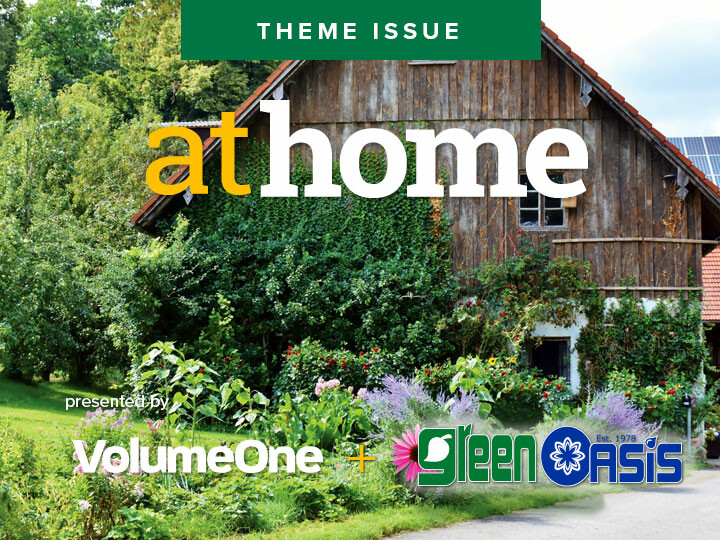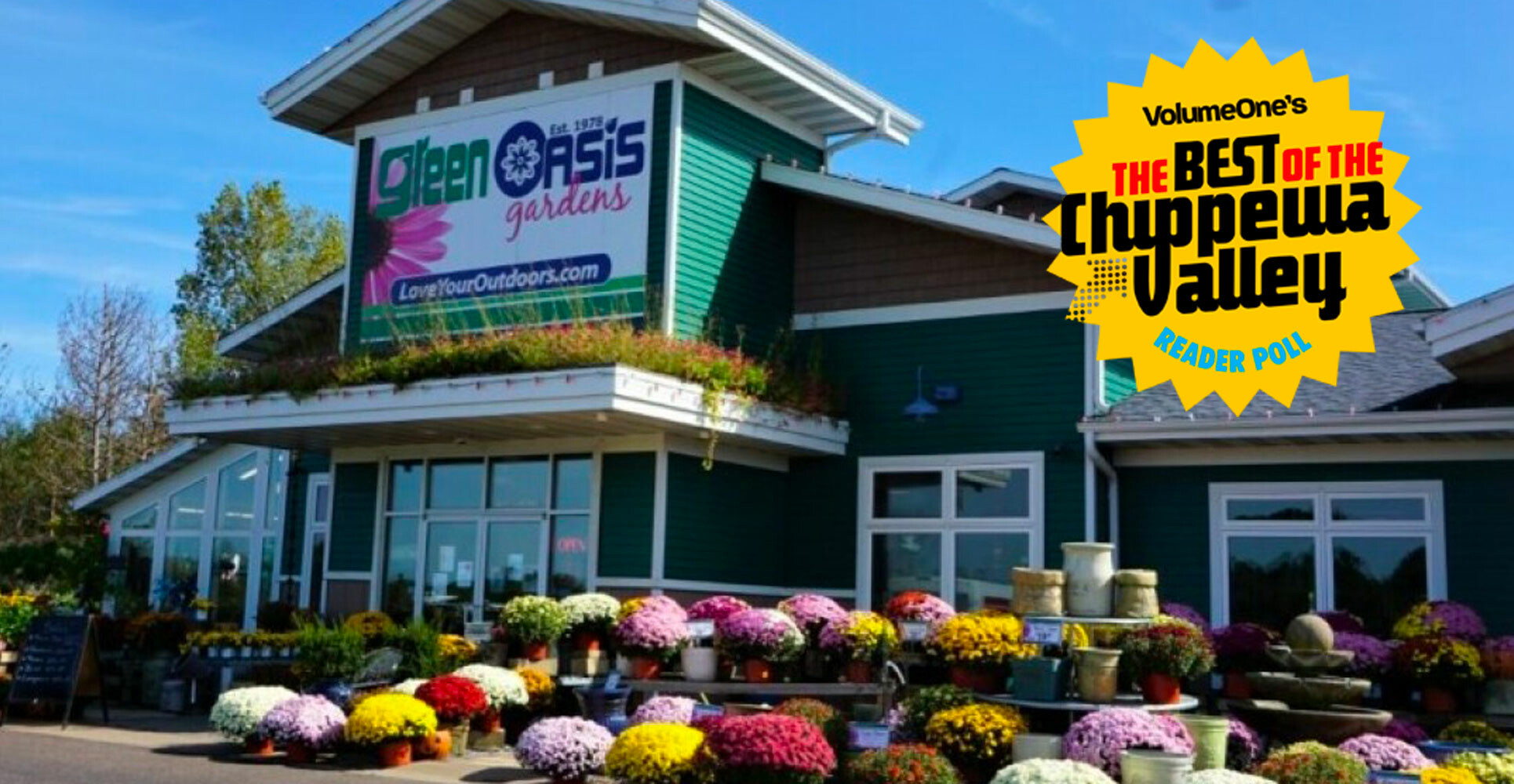Gardening Is Cheaper Than Therapy (And You Get Tomatoes!)
newbie gardeners: take heed and dig in

One of the benefits of sheltering at home is having additional time to explore new interests. This is a great time to invest in a garden because we have the extra hours to research and plan. Here are a few things you might want to consider as you design your private oasis.
First, you will want to determine what type of garden you want. Whether you are placing pots on the front porch, building a raised bed, or cultivating a 20-by-30-foot area, you will want to decide what it is you want to grow. Are you interested in vegetables or flowers? Do you want to include herbs? Do you like overflowing prairies or more formal spaces? Do you want to attract birds and butterflies? Once you know what type of garden you want to create, you can start researching the specifics.
Margaret Murphy, horticulture specialist from the UW Extension office in Chippewa Falls, is always encouraging people to try a vegetable garden. “I think it is good for the person, the planet, and the pocket book,” she said. “There are a lot of vegetables that can be grown in a small space.”
“I think it is good for the person, the planet, and the pocket book. There are a lot of vegetables that can be grown in a small space.” –Margaret Murphy, UW Extension horticulture specialist
Once you have a more definite idea of what your garden will look like, it’s time to test and amend the soil. This is a step a lot of people skip, and it’s a bad idea. Ben Polzin from Down to Earth Garden Center emphasizes that it’s important to spend the time on improving soil first. “By adding compost, mycorrhizae, and other amendments to your soil, you are improving your soil health and allowing your plants to reach their fullest potential.”
Next comes the fun part: choosing the plants you want to use. Make sure you are buying plants that are Zone 4 for this part of the state. You probably want a mixture of perennial and annual plants. Perennial plants will come back year after year. Annuals are great for containers and to add color to parts of your garden you want to fill for one year. Diagramming the space is an easy way to ensure you have a variety of colors and interesting foliage.
“It is easy to have big dreams of a huge garden but then fall short when all the weeding and care kicks in,” Polzin reminds us. “Start small, learn what you like to grow and care for. Expand a little bit each year.”
For beginning gardeners, Murphy recommends sunflowers, zinnias, and marigolds. Polzin likes easy-to-care-for Millennium Ornamental Onion and Little Goldstar Rudbeckia. Mary, one of Klinger Farms’ specialists, encourages the use of grasses for more variety.
Once your garden is planted, you will want to add about an inch of mulch. This will ensure that more water stays with your plants, and it will make it tougher for weeds to find a new home. Speaking of weeds, pulling them on a weekly or bi-weekly basis is much easier than letting them get out of hand.
Invest in a few good garden tools. Most gardeners can get by with a trowel, a pair of pruners, and a quality pair of gloves. When you are not using your tools, protect them by putting them in a pail filled with mineral oil and sand.
Finally, take some time to enjoy your space. Whether you want to start out your day with a cup of coffee or end it with a glass of wine, meditating on the beauty of nature is one of the best benefits of gardening.
To find quality resources about every aspect of gardening, check out the UW Extension’s lawn/garden collection at learningstore.extension.wisc.edu. Most of their publications are under $5, and many of them are free.


